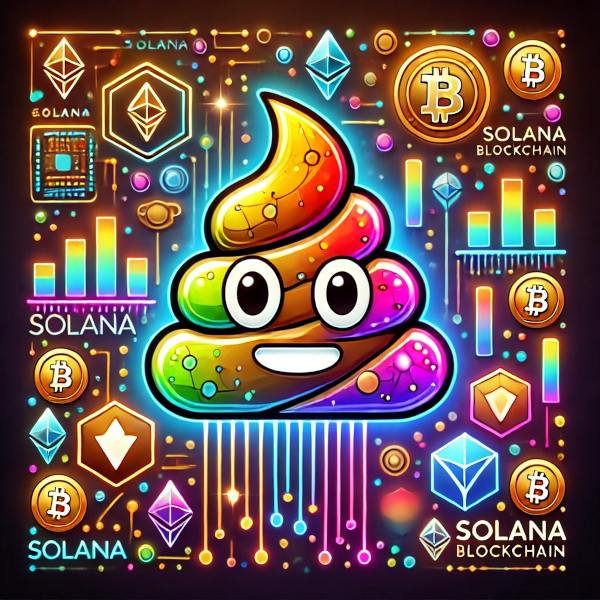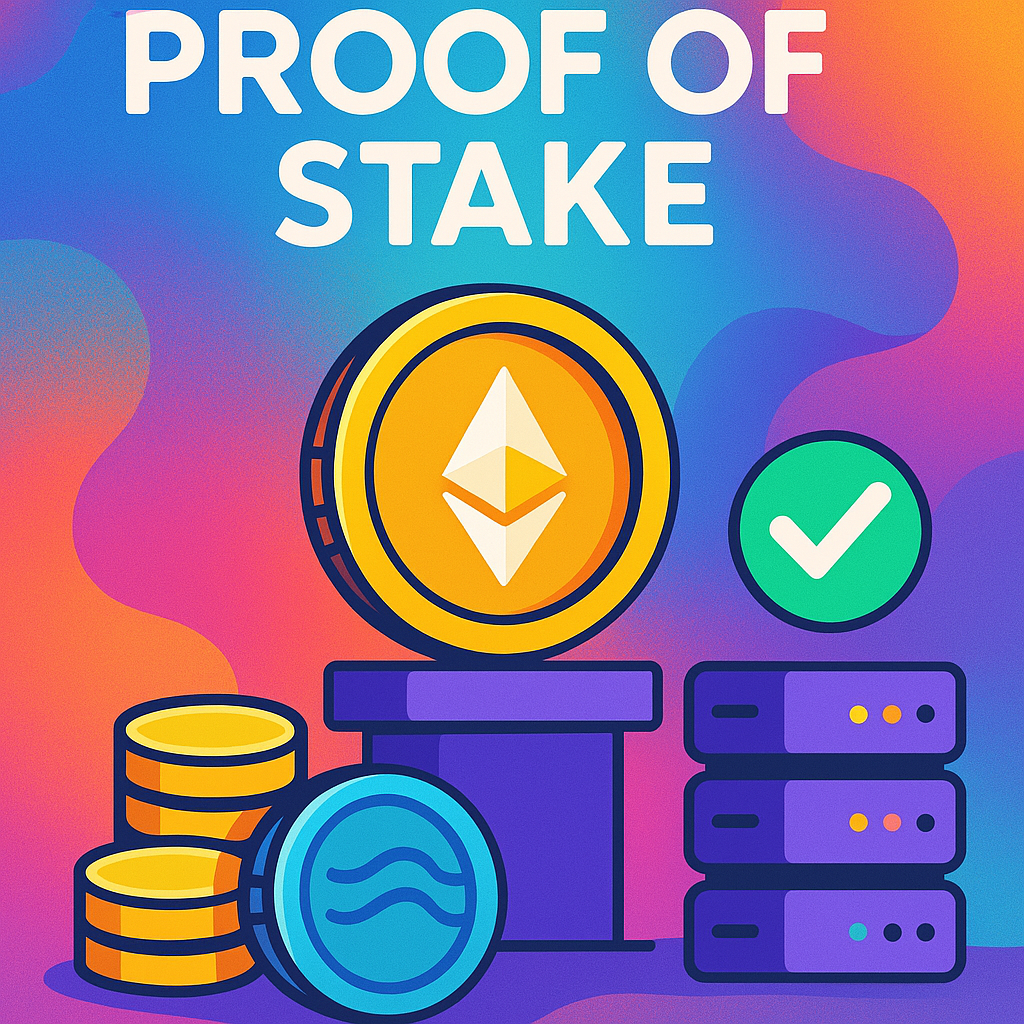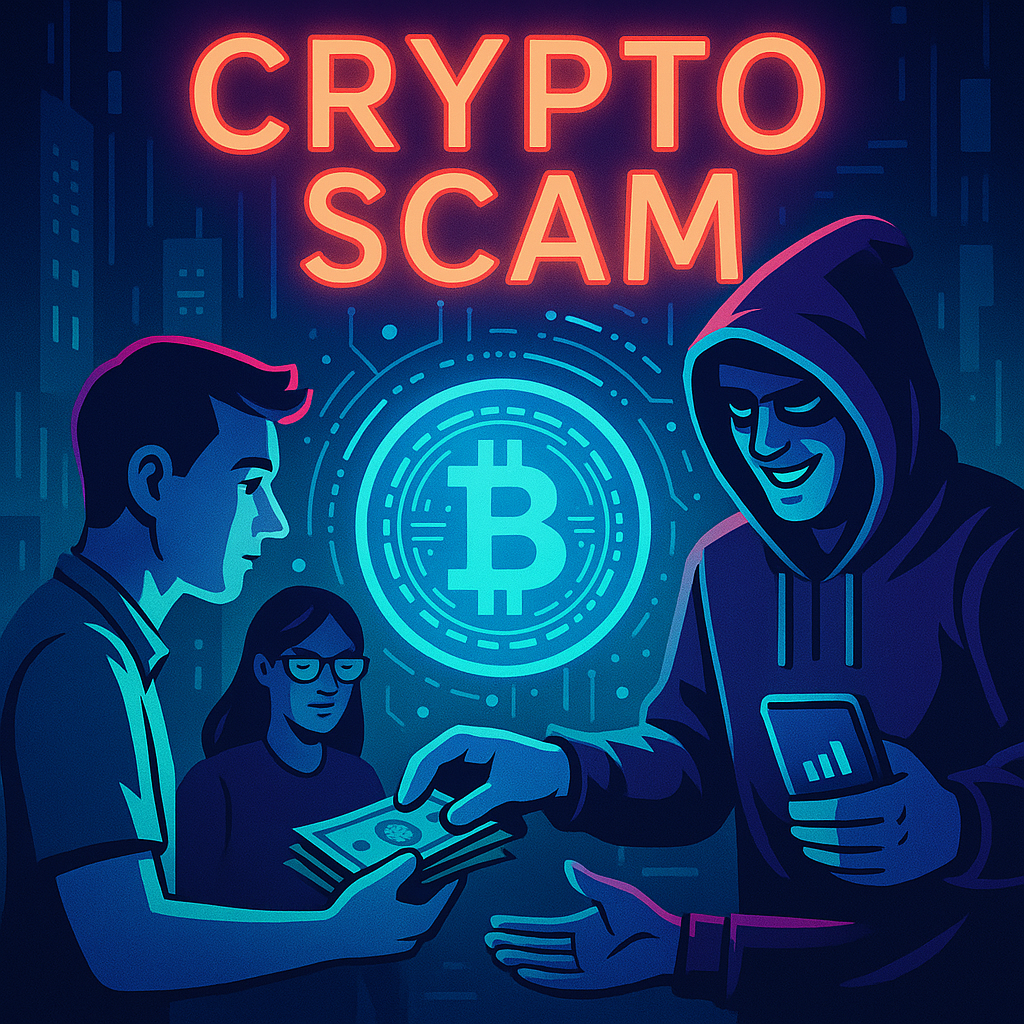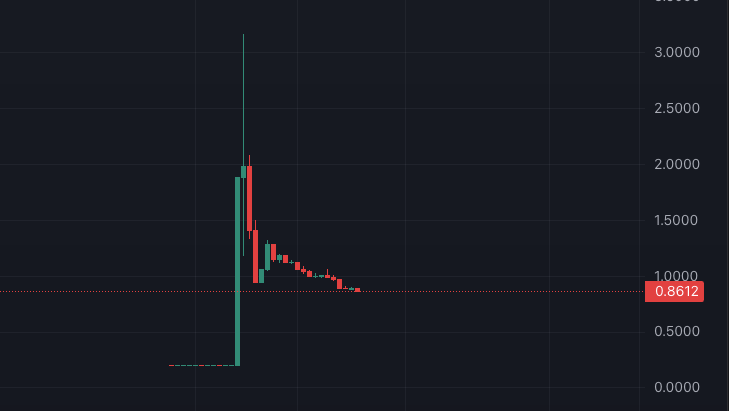
A day in the life of a shitcoin
A Day in the Life of a Solana Scam Coin
Step 1 – Pump Dot Fun
Most of these coins start their journey on pump.fun. You can tell if a coin came from pump.fun by checking the end of the contract address—it will say “pump.” Here’s an example from a random scam coin:CoRQpMjhBx6AsrzKJJZyzJoH52GoEKShM3CVumyzpump
The developer (dev) usually grabs a big chunk of the supply early, during the bonding process on pump.fun. They do this so they can sell their coins later once some buys come in. The dev’s friends, family, and insiders also get in on the action, buying up coins before the bonding process is done.The coin can’t go live on a decentralized exchange (DEX) like Raydium until the bonding process is completed.
Step 2 – The Dev Dumps
Once the coin goes live on a DEX, the dev starts selling their stash. Sometimes, they don’t even wait for the bonding process to finish, they just dump early.
Step 3 – The DEXScreener Profile
If the coin survives this far, the dev usually pays for a DEXScreener profile. This costs a few hundred dollars and gives the coin some legitimacy on the surface. But not all devs bother. Some skip this step and let the coin die.
For the devs who do buy a profile, they might also set up a Twitter account and, if they’re feeling ambitious, a website. However, lazy devs might link the profile to something dumb instead. One time, I clicked a website link for a coin, and it sent me to a medical website. Pretty sure WebMD isn’t moonlighting as a Solana shitcoin dev.
The DEXScreener profile usually links to a Telegram channel where “investors” (or, more accurately, scammers and the ones getting scammed) gather. They hype up the coin, recruit new buyers, and coordinate shilling efforts on social media. They might call this a “raid.” They get people to promote the coin for free in hopes of boosting its price.
“Work for your bags!”
-random dev quotes
Step 4 – Boosting the Coin
At this point, the dev might pay for a boost on DEXScreener. You’ve probably seen coins with flashy gold numbers next to their tickers, claiming they’re “trending.” Those boosts don’t come cheap. These boosts can cost as much as $5,000 to $10,000. Nobody spends that kind of money unless they’re expecting a big payout.
If the coin seems to have a lot of trading volume but isn’t gaining much value, you’re being farmed. The dev could be slowly selling off their supply across multiple wallets or using bots to create fake transactions. These “volume bots” inflate activity to bring in buyers, but the price barely moves. After a couple of green candles, the dev pulls the plug and dumps everything.
Step 5 – The First Community Takeover (CTO)
Once the chart is red and the price has crashed near its launch level, it’s time for the first “community takeover.” At this stage, the dev disappears, leaving the bag holders to take charge. Someone buys a new DEXScreener profile and states to the holders that the coin is now under “community control.” Many of these takeovers happen just hours after the coin launches. That alone should raise some red flags.
Step 6 – The Second Community Takeover (CTO #2)
By now, the original dev and their crew have sold most of their tokens. With prices at rock bottom, they buy back in. The coin looks like it’s recovering, but the buys are mostly from the dev pumping the price yet again. When it rises a little, they dump their bags again.
At this point, the Telegram channel starts to die. The hype fades, and all that’s left are bag holders clinging to hope. Unless someone in the community can revive interest and pay for marketing, the coin is essentially dead.
Even if the community manages to generate some momentum, it’s short-lived. The original devs come right back in, selling tokens they quietly bought earlier using separate wallets.
This is the typical lifecycle for 99% of coins on the Solana chain. Most are designed to be scams from the start. At this point, the chain feels more like a casino than a legitimate space for innovation. Unless something changes to weed out these scammers, throwing money at these projects is basically gambling at best.
S Taylor is a crypto trader with five years of experience, having navigated a wide range of market dynamics and witnessed numerous scams firsthand. As a former victim of scams, S Taylor turned their focus to blockchain forensics and Solidity Smart Contract development, gaining deep technical expertise in the field. With a unique insider’s perspective, they’ve been involved in various crypto projects, where they’ve seen how developers can exploit vulnerable investors.
S Taylor is also the published author of Meme Coins Made Easy, a comprehensive guide that teaches beginners about cryptocurrency and how to identify and avoid common scams. S Taylor is dedicated to sharing valuable insights and helping the crypto community stay informed and safe.
Disclaimer: This article is for informational purposes only and should not be considered legal, tax, investment, or financial advice.






